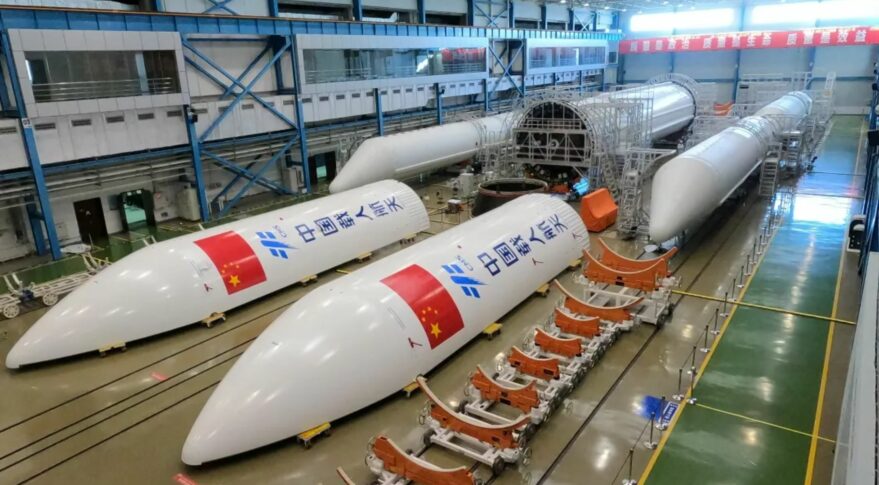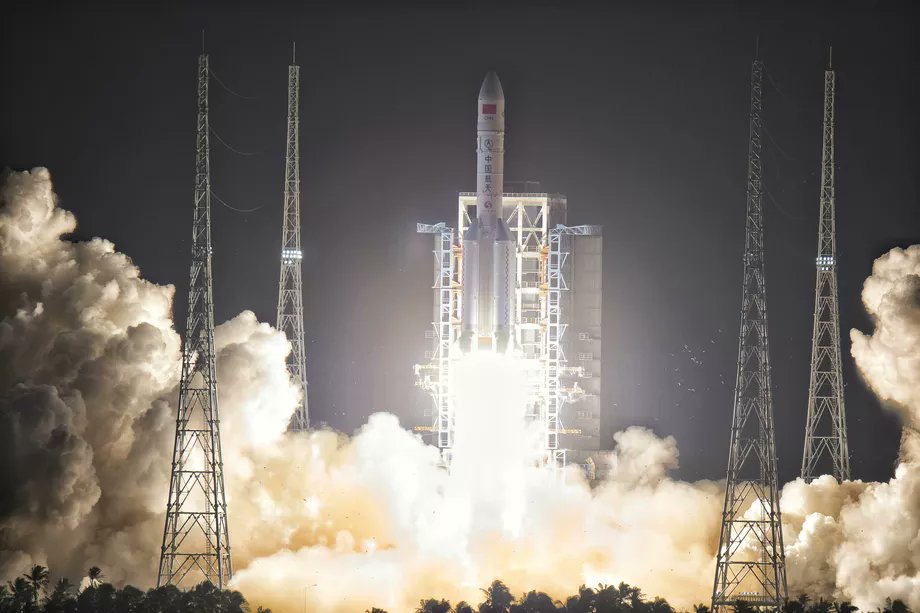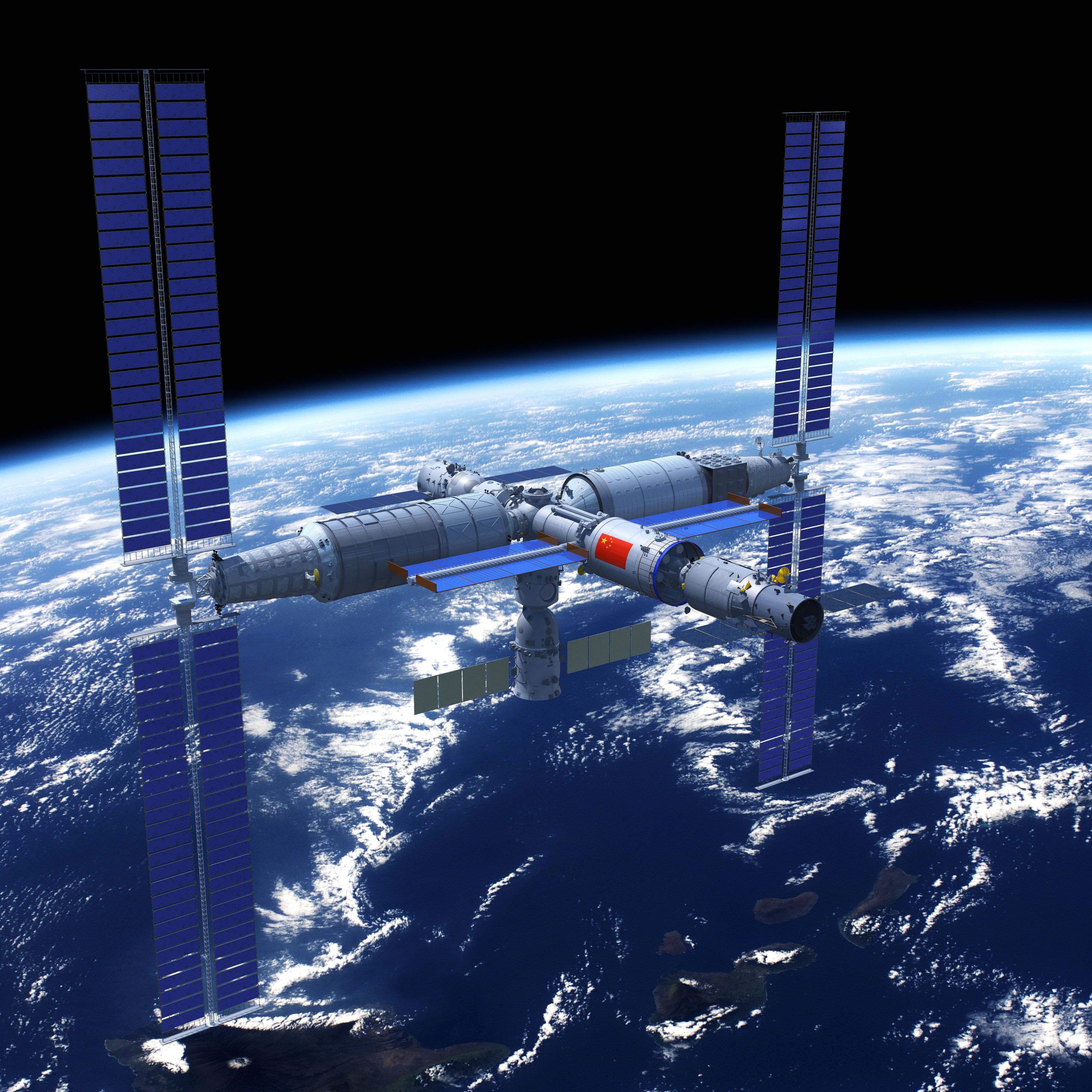Chinese scientists are currently building a powerful nuclear reactor for their moon and Mars expeditions. Beijing claims its reactor will be 100 times more powerful than the device US space agency NASA wants to set up on the moon’s surface by 2030.
The new technology is part of a Chinese government-backed project, according to South China Morning Post. The Asian giant has not yet revealed the exact launch date or technical specifications of the new powerful reactor that will produce one megawatt of electric power.
Two of the scientists involved in the project that was launched in 2019, however, acknowledged that the engineering design of the prototype machine is already completed and some critical components were also built.

One of the Chinese space scientists involved in the project said that the most promising solution is nuclear power. Other countries have begun to implement ambitious programs, and China cannot afford to lose this race at any cost.
One Chinese expert claims that to satisfy the objectives of human space exploration, chemical fuel and solar panels will no longer suffice; the hunger for more energy sources is likely to grow dramatically if there are human settlements on the moon or Mars in the future.
Nuclearization Of Space?
SNAP-10A, launched by the United States in 1965, was the first nuclear power device in orbit. Before being permanently shut off, the device produced 500 watts of electric power for nearly a month.
On the other hand, the only nuclear device China has deployed into space is a small radioactive battery on its lunar rover Yutu 2. Only a few watts of heat may be generated by that device to assist the rover through long lunar nights.

Many countries are currently striving to create their supremacy in space. Then-US President Donald Trump had issued an executive order in his final days in office to speed up the use of nuclear power in US civilian and military space programs. He also pointed to space as the next great-power battlefield.
Recently, NASA has issued a request for proposals for the development of a 10-kilowatt nuclear fission device capable of supporting a long-term human presence on the moon within a decade.
The plan is to deploy a fission surface power system by 2026, with a flying system, lander, and reactor in place. The facility will be completely built and integrated on Earth, then thoroughly tested for safety and functionality.

In addition, Russia has also indicated its intention to launch a massive spaceship powered by TEM, a megawatt-sized nuclear reactor, before 2030. The spaceship would be able to function in Earth’s lower orbit for more than a decade while conducting more missions to the moon or beyond owing to the nuclear energy.
Democritos, a parallel project led by the European Space Agency, will test a 200kW space reactor on the ground by 2023. Additionally, NATO secretary-general Jens Stoltenberg says that the alliance will not put weapons in space, but it will be required to safeguard its assets, which include 2,000 satellites in orbit. Space is becoming an “operational domain” for NATO as well.
New Reactor, Newer Challenges?
China indicated that the new nuclear space technology is so grandiose that the project may face some difficulties as it approaches its launch date. According to a report published by a project team led by Jiang Jieqiong, a professor at the Chinese Academy of Sciences’ Institute of Nuclear Safety Technology in Hefei, cooling technology is one of the biggest challenges for China’s space reactor.
Only a portion of the heat produced by the reactor would be utilized to generate electricity; the leftover would have to dissipate swiftly in space to avoid a meltdown. To address this, the reactor would employ a foldable umbrella-like structure to enhance the overall surface area of waste heat radiators.

The space reactor would operate at a far higher temperature than those on Earth due to its compact size. It would utilize liquid lithium as a coolant to increase the efficiency of power generation. However, at temperatures below 180 degrees Celsius, the lithium would solidify, posing another challenge for Chinese researchers.
A ground-based power plant requires routine maintenance every few years, and some components must be replaced due to erosion induced by the radioactive surroundings. However, to address the demands of long-term space missions, materials and hardware in a space reactor must achieve a far higher level.
One more approach China is taking is rather than establishing a single large reactor, many research teams in China developed devices with lower power output. These small modules were easier to construct and could be combined to make a larger machine capable of producing several megawatts of electricity, enough to power massive ion thrusters and take astronauts to Mars.
However, the Chinese space authorities have not yet made up their minds about how they will proceed. It’s possible that the solution will be a mix of technologies.
China Eyes Its Own Space Station
The launch of the main module for China’s newest orbiting space station in April attracted more international attention than intended for all the wrong reasons. The primary rocket booster plunged ominously down to Earth after reaching space, in what is known as an “uncontrolled re-entry”.
The debris splashed in the Indian Ocean in May, barely avoiding the Maldives and prompting criticism of China’s largest rocket, the Long March 5B, launch procedures.

China’s first two space stations were prototypes that only lasted a few months, but the next one is expected to last a decade or more. President Xi linked it to Mao Zedong’s call for “two bombs, one satellite”, which refers to China’s race to produce a nuclear weapon, equip it on an intercontinental ballistic missile, and launch a satellite into orbit. It is being hailed as proof of China’s prowess in space, as are all of the Communist Party’s triumphs.
The International Space Station, which was jointly built by the US, Russia, and others, is approaching the end of its planned life in 2024.
Russia has stated that it will leave by 2025 and plans to launch its own space station by 2030. If the station is shut down, China may be the only nation in the world for a while to operate a space station.
- Contact the author at ashishmichel@gmail.com
- Follow EurAsian Times on Google News




